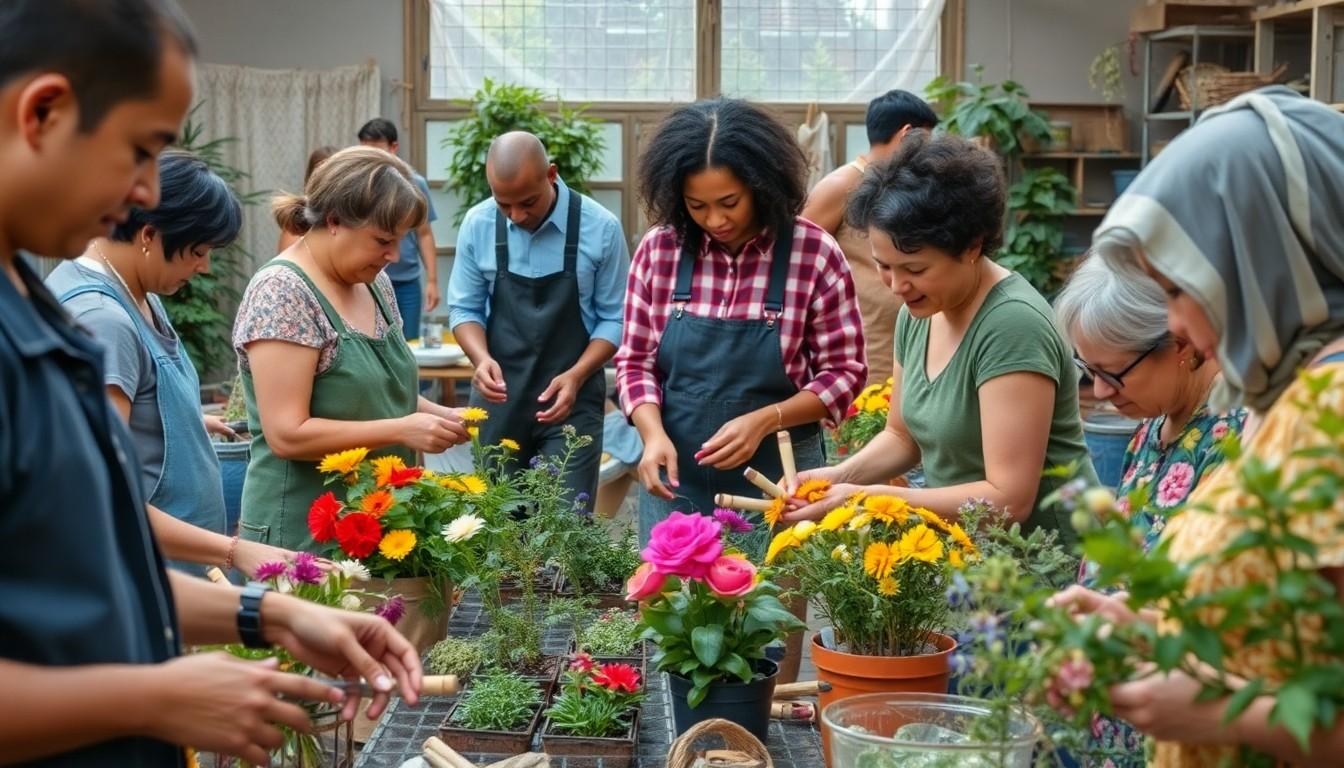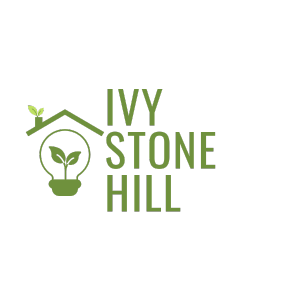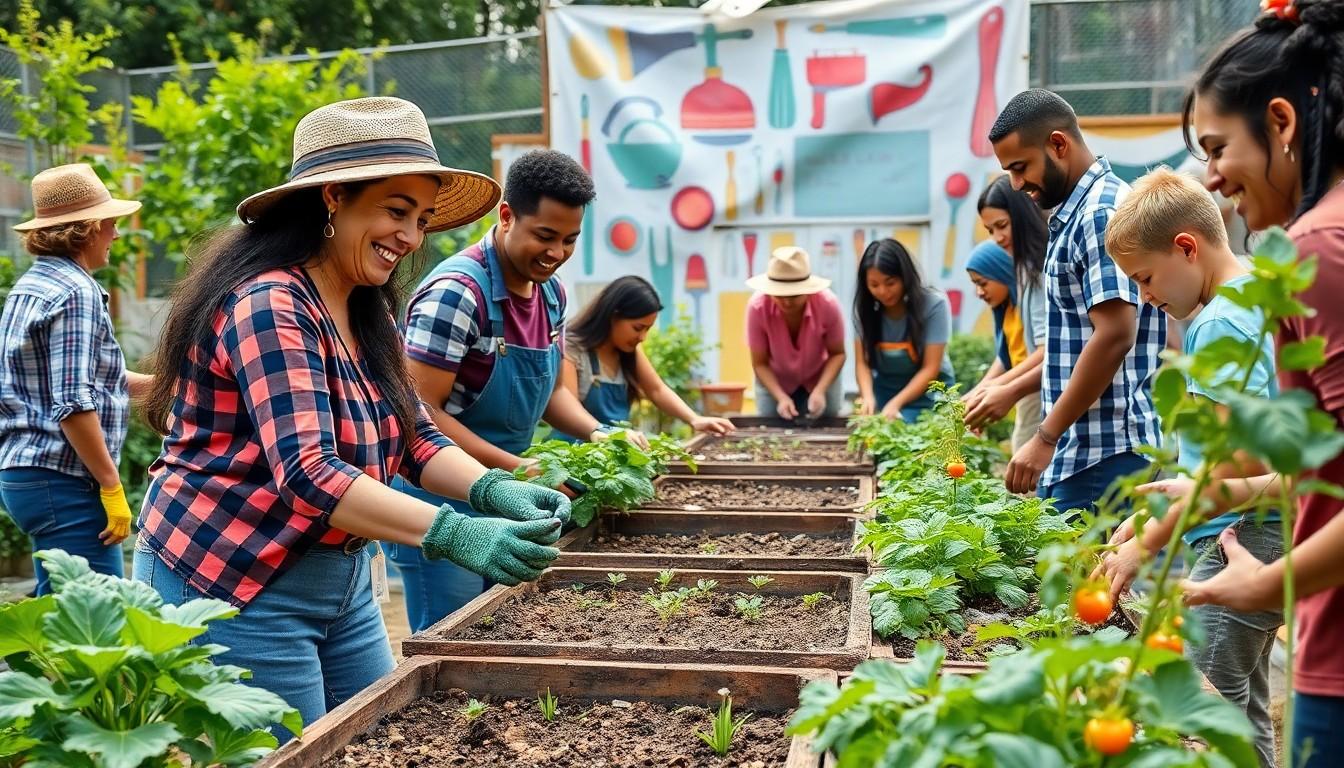In a world where instant gratification reigns supreme, the idea of project self-sufficiency might seem like a quirky throwback to the days of homesteading and survivalists. But don’t let that fool you; self-sufficiency is more than just growing your own tomatoes or mastering the art of knitting. It’s about reclaiming control over your life, finances, and even your sanity in an increasingly chaotic environment.
project self sufficiency
Project self-sufficiency embodies a proactive approach to personal and community resilience. Individuals engage in this initiative to regain autonomy over their lives. Financial independence stands as a primary goal, allowing people to reduce reliance on external sources. Cultivating essential skills enhances one’s ability to navigate life’s challenges effectively.
Gardening represents one aspect of this journey, promoting the growth of nutritious food. Crafting also plays a role, enabling creative expression while producing useful items. Community involvement fosters connections, creating a supportive network of like-minded individuals. Education and skill development deepen understanding, empowering individuals to tackle various projects.
Self-sufficiency prioritizes mental well-being alongside tangible skills. Individuals report increased confidence as they learn and adapt to new tasks. Moreover, the focus on sustainability fosters environmental awareness, leading to responsible resource management. Financial literacy complements these skills, teaching individuals how to manage budgets effectively.
The overarching aim of project self-sufficiency is to cultivate a lifestyle that embraces resilience. Adopting self-sufficient practices transforms how people approach challenges. This lifestyle encourages mindful consumption and reduces stress associated with modern living. By committing to self-sufficiency, individuals step toward a balanced, fulfilling life in an unpredictable world.
Objectives of Project Self Sufficiency

Project self-sufficiency aims to foster self-reliance among individuals and communities. By focusing on skill development and resource management, it promotes a lifestyle centered around resilience.
Empowering Individuals and Families
Empowerment occurs through education and hands-on experiences. Participants gain practical skills, which lead to increased confidence in managing daily challenges. Community workshops often provide a platform for sharing knowledge and resources. A supportive network helps to reinforce learning, ensuring families apply their newfound skills effectively. The emphasis on self-sufficiency nurtures independence, allowing individuals to tackle food production, household maintenance, and personal well-being with greater ease.
Improving Economic Stability
Improved economic stability plays a crucial role in project self-sufficiency. Enhanced skills contribute to potential income generation through small businesses or home-based enterprises. Financial independence reduces reliance on external markets and creates a buffer against economic fluctuations. Additionally, individuals learn to reduce living costs by growing their own food or crafting essential items. Cultivating these skills fosters a sustainable lifestyle, ultimately leading to a more stable economic future for families and communities alike.
Key Components of Project Self Sufficiency
Project self-sufficiency incorporates various crucial elements that enhance individual and community resilience. Education and employment services play a vital role in this framework.
Education and Employment Services
Accessing education and employment services strengthens project self-sufficiency. Programs that provide skill development serve as foundational building blocks. Individuals who engage in training workshops acquire essential knowledge and hands-on experiences. Employers often seek candidates who demonstrate versatile skills. Enhanced employability leads to increased income potential. Attending local community colleges or vocational training institutes equips participants with certifications. Financial planning courses can also empower individuals to manage budgets effectively. Overall, education lays the groundwork for economic independence.
Childcare and Support Resources
Childcare and support resources significantly contribute to project self-sufficiency. Parents involved in self-sufficient projects require reliable childcare to engage fully in learning and skill-building activities. Community centers often offer affordable childcare options that align with educational programs. Accessing support resources fosters collaboration among families, creating a sense of community. Connecting with local networks can provide families with information on available services. Comprehensive programs that address parenting challenges also enhance personal well-being. Such resources help families balance their responsibilities, making a sustainable lifestyle more achievable.
Success Stories and Outcomes
Individuals practicing project self-sufficiency have reported tangible benefits. For example, a family in Ohio transformed their backyard into a productive garden, significantly reducing grocery expenses. Their continuous harvest provided fresh vegetables, leading to better nutrition and health for their children.
Community workshops also yielded impressive results. Participants in a Vermont program learned skills such as sewing and woodworking. These abilities allowed them to create handmade products, which they sold at local markets, generating supplemental income for their households.
In a case study from California, graduates of a financial literacy course successfully managed their budgets. Enhanced financial planning led to increased savings, and participants could invest in their self-sufficient projects, further illustrating the cycle of empowerment.
Many participants experienced increased confidence and self-reliance. One woman in Texas noted that crafting items from recycled materials sparked her creativity and reduced waste. This mindset shift demonstrates how project self-sufficiency encourages mindful consumption.
Furthermore, collaborations among community members foster support networks. Residents in a New York neighborhood formed a tool-sharing library, helping others save money and access essential resources easily. This initiative strengthened community ties and promoted resourcefulness.
Lastly, the long-term outcomes of these projects have displayed economic stability among families. Families engaging in self-sufficiency often reported a buffer against economic fluctuations. By cultivating essential skills, they reduced reliance on external markets, promoting a sustainable lifestyle.
Challenges and Areas for Improvement
Addressing challenges within project self-sufficiency requires a multifaceted approach. Many individuals lack access to essential resources, which hampers skill development. Financial constraints limit participation in workshops and training programs necessary for growth. Limited awareness of available local services affects community engagement and support.
Skills gaps also pose significant barriers. Individuals may not have adequate knowledge of sustainable practices such as gardening or crafting. Educational institutions need to enhance their outreach programs to provide more accessible training opportunities. Employers can play a role by supporting job training initiatives that align with self-sufficiency goals.
Mental barriers, including self-doubt and fear of failure, often deter participation in self-sufficient projects. Organizations can offer mentorship programs to guide individuals through their self-sufficiency journeys. Building a nurturing environment encourages confidence and creativity among participants.
Collaboration among community members stands crucial for success. However, some communities face challenges in forming strong networks. Establishing tool-sharing libraries and collective gardening initiatives encourages resource sharing and builds connections.
Monitoring and evaluation methods require improvement as well. Measuring the success of self-sufficiency projects helps identify effective strategies and areas needing enhancement. Transparency in sharing results fosters innovation and adaptation.
Communities must prioritize developing reliable childcare options. Accessible childcare enables parents to participate in educational programs and community workshops. Fostering partnerships among childcare providers and local organizations can create a supportive ecosystem for families.
By addressing these challenges, individuals can cultivate greater resilience and stability. Progressing in project self-sufficiency enhances personal well-being and contributes positively to broader community dynamics.
sustainable and balanced future
Project self-sufficiency offers a pathway to greater autonomy and resilience in today’s fast-paced world. By embracing essential skills and fostering community connections, individuals can reclaim control over their lives and finances. The journey toward self-sufficiency not only reduces reliance on external resources but also promotes mental well-being and creativity.
While challenges exist, such as access to resources and skill gaps, the benefits of this approach are profound. Individuals and families who commit to cultivating a self-sufficient lifestyle often experience increased stability and fulfillment. Ultimately, project self-sufficiency empowers people to navigate uncertainties with confidence, creating a more sustainable and balanced future for themselves and their communities.

